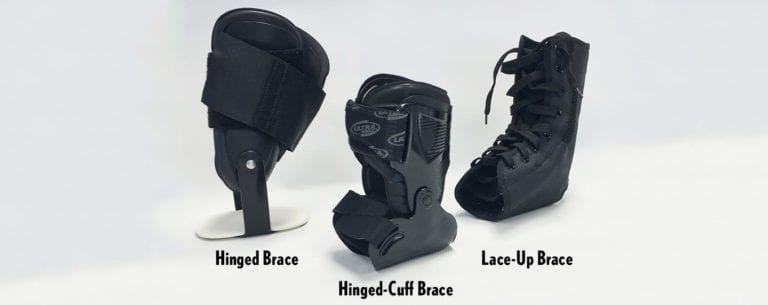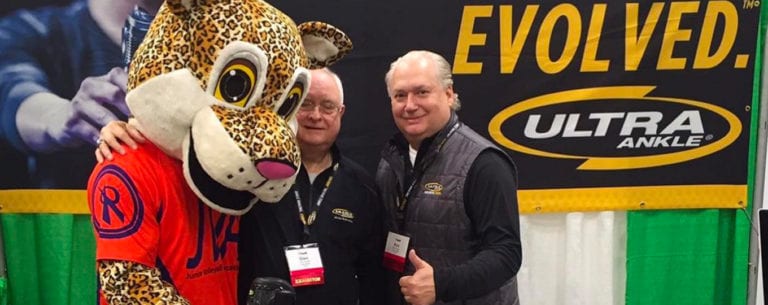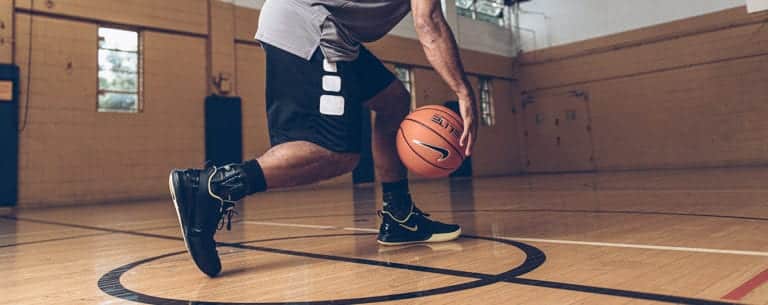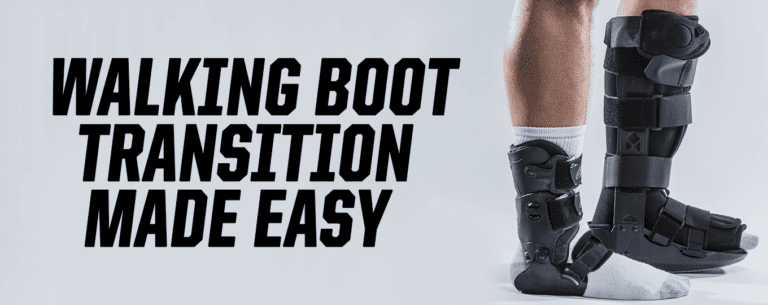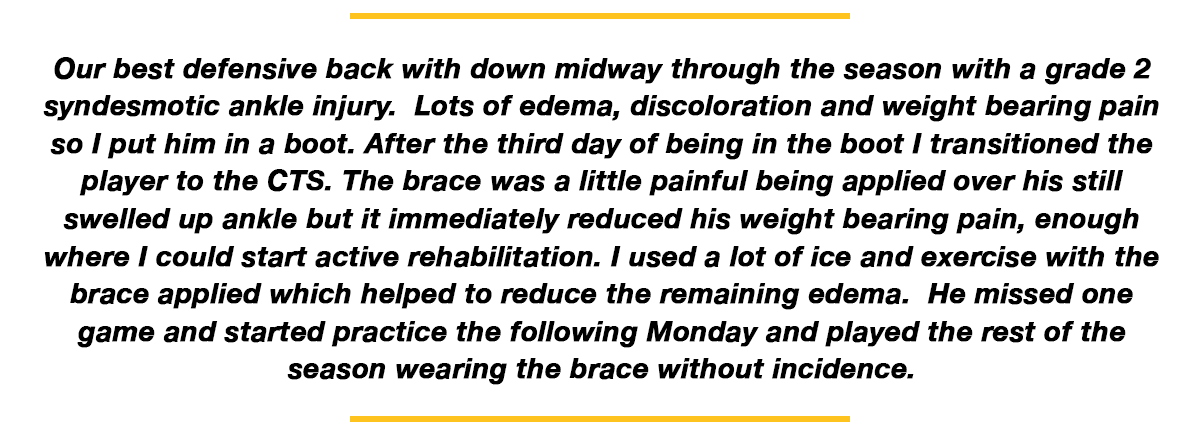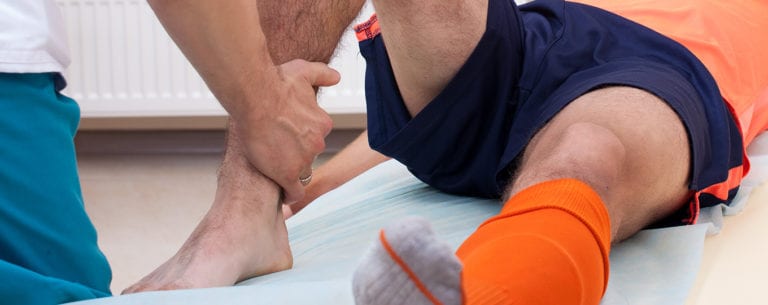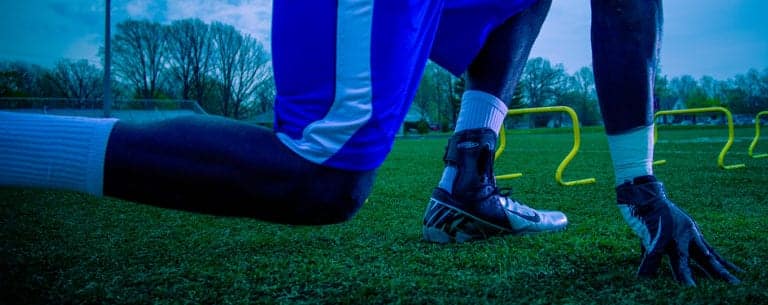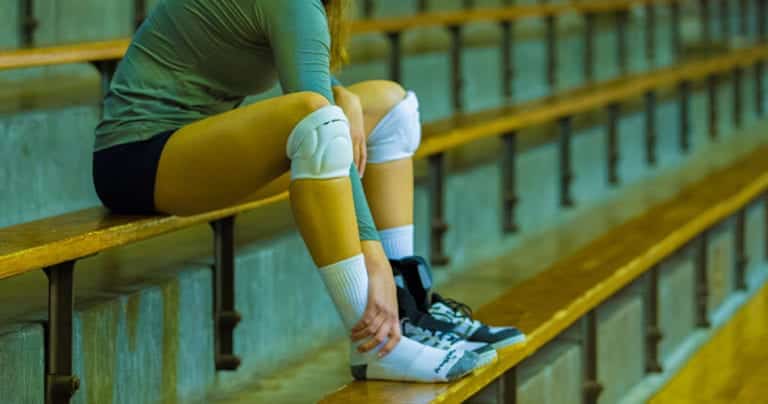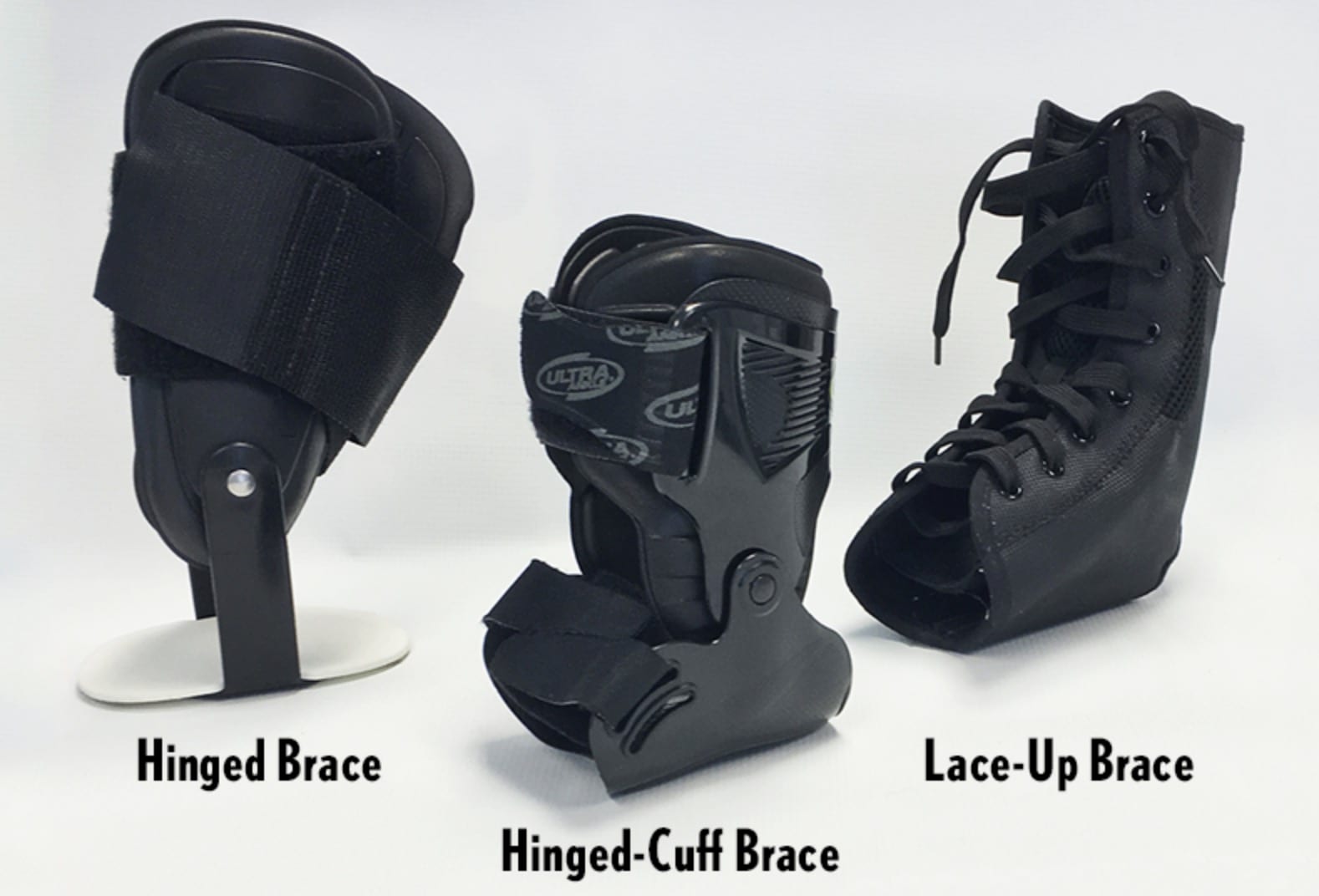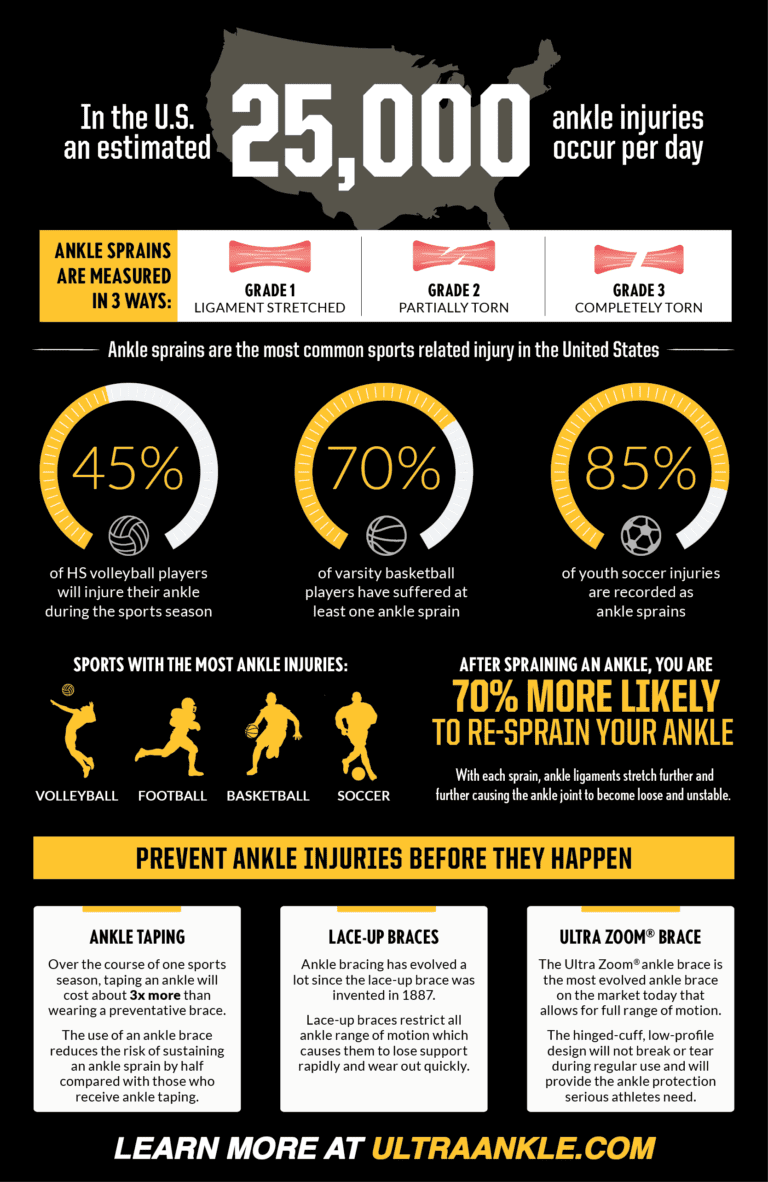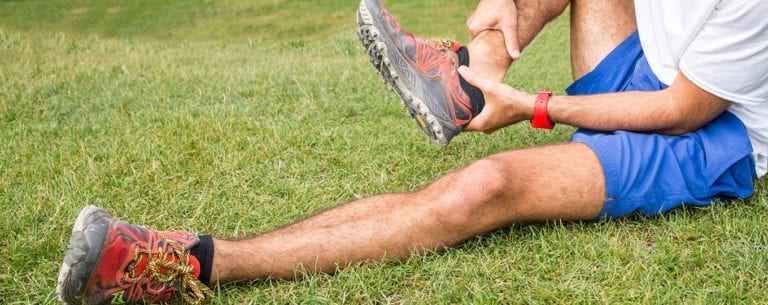
Ankle sprains are one of the most commons injuries seen in athletics. Although preventative exercises can reduce the risk of an ankle sprain, some sprains are inevitable. Below is a list of actions athletes can take after an initial ankle sprain to get back to the competition more quickly.
Seek Medical Attention
After spraining your ankle it is imperative to seek medical attention. Injuries other than mild to moderate sprains that can occur when rolling your ankle include severe ligament tears, bone fractures, high (syndesmotic) ankle sprains, and more. Failure to properly identify all possible damage to your ankle may lengthen healing time – meaning more time away from your sport. Always make sure to check in with a certified athletic trainer or doctor after you sustain an ankle injury.
Move Early
Gentle range of motion exercises right after injury help to improve functional outcomes and may decrease your return-to-play time. Start by moving your ankle up and down, side to side, and in large, slow circles. I often tell my athletes to draw the ABC’s with their big toe very slowly, making the letters as big as possible. Completing these exercises with your foot elevated will help to decrease swelling as well. If bearing weight on the newly injured ankle is tolerable, you can try shifting your weight from one foot to the other while standing.
Protect and Support
When it comes to recovering from an acute ankle injury, physicians will sometimes prescribe a walking boot that restricts all ankle movement. Once a patient is ready to transition from a walking boot and resume movement, but isn’t ready to go straight to a preventative ankle brace, we recommend they wear the Ultra CTS brace.
This one of a kind, hinged ankle brace supports and protects a newly sprained ankle while encouraging athletes to move through their normal range of motion. The Ultra CTS includes a semi-rigid foot plate to decrease weight bearing pain and gives an athlete more stability on a questionable ankle, decreasing fear of movement, guarding, and painful gait patterns. As the injury heals, the Ultra CTS upper cuff can be detached to transform the brace into a low-profile activity brace.
Control Pain
If your pain prevents you from moving the joint early, use ice. Intermittent use of an ice bag or ice water bucket is a drug-free and cheap way of reducing pain and is something you can utilize before seeing a physician. Make sure to check the skin occasionally for signs of ice burn or allergy.
A compression bandage and non-steroidal anti-inflammatory drugs will also help reduce pain by decreasing the amount of swelling in the joint. The Ultra CTS and its Performathane® Custom-Fit technology does a great job of providing gentle compression and forming to your ankle but wearing a compressive bandage underneath for the first few days is even more helpful in reducing swelling.
Strengthen
If you’re able, find an athletic trainer or physical therapist that will give you therapeutic exercises and guidance while you perform them. Having a more structured rehab regimen will improve your recovery time. At the very least, get exercises from your physician and perform them on your own as prescribed. After spraining a ligament in the ankle, the joint needs to rely on the surrounding muscles more, making therapy exercises a must.
Help Prevent Ankle Sprains
Sports are unpredictable. Even with strong muscles, perfect biomechanics, and great conditioning, ankle sprains are still possible and in some situations highly likely to occur. If you have not yet sprained your ankle there are ways to reduce your risk of doing so:
- Wear a preventative ankle brace that provides full range of motion. Unlike lace-up ankle braces, hinged ankle braces do not restrict natural range of motion and help prevent extreme ranges that lead to injury. You CAN reduce risk of ankle injury and not adversely affect performance!
- Do preventative ankle exercises regularly. Reach out to a medical professional to find the best exercises for prevention. They should include not only strengthening exercises, but also plyometric and proprioceptive exercises.
- Perform sport specific conditioning before and during the season. Doing sport-specific training will ensure your body is ready for competition and able to react to the stresses you will be placing on your ankle.
SHARE WITH FRIENDS
RECENT POSTS
POST BY TOPIC
- Acute Ankle Injuries (7)
- Ankle Bracing (33)
- Ankle Injuries (17)
- Ankle Injury Prevention (19)
- Ankle Instability (4)
- Athletic Trainers (2)
- Athletic Training (3)
- Basketball (6)
- Football (9)
- Hiking (2)
- injury (2)
- Mild/Moderate Ankle Injury (2)
- News (2)
- Osteoarthritis (5)
- Pickleball (3)
- Soccer (4)
- Sports (17)
- Tennis (3)
- Ultra 360 Lace-Up (2)
- Ultra CTS (6)
- Ultra Zoom (9)
- Uncategorized (2)
- Volleyball (8)
